Copper: First Metal Used By Ancient Man More Than 10,000 Years Ago
MessageToEagle.com – Copper was used by several ancient civilizations for a number of reasons. It was the first metal ever used by ancient man, dating back more than 10,000 years.
Ancient Egyptians considered copper to be a sacred metal and they believed it gave magical powers to those who wore it.
There is disagreement among archaeologists about the exact date and location of the first utilization of copper by humans.
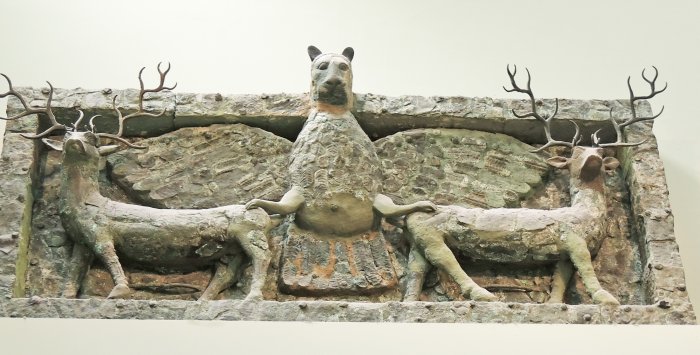
The Sumerians and Chaldeans of Mesopotamia developed considerable skill in fabricating copper and from these centers the rudiments of craftsmanship spread to the river-dwelling people of Egypt, where it continued to flourish for thousands of years long after their own civilization had degenerated.
Copper comes from the Latin word cuprum, meaning “from the island of Cyprus,” but it is not on this island that we find most ancient evidence of the use of copper.
The oldest copper artifact ever discovered was unearthed in Tel Tsaf, an archaeological site in Israel located near the Jordan River and Israel’s border with Jordan. The area was a village from about 5100 B.C. to 4600 B.C.
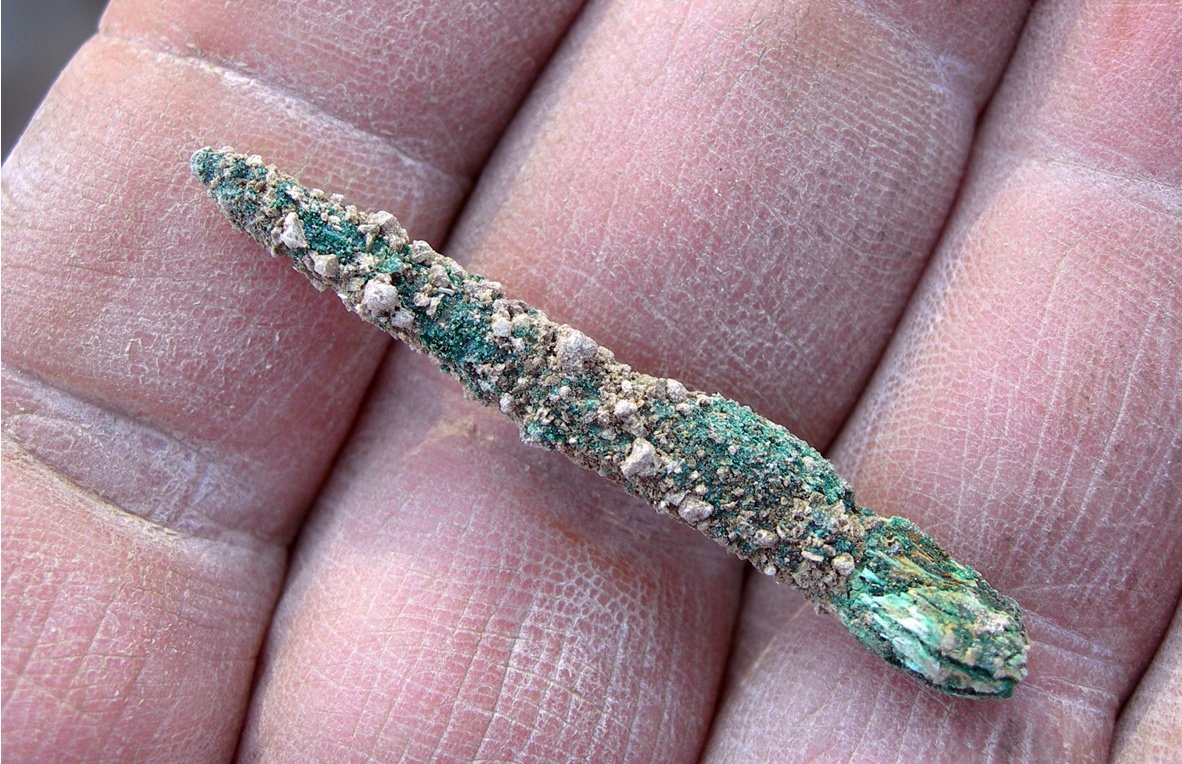
The cone-shaped copper awl was found in the grave of a woman who was about 40 years old when she died, and who had a belt around her waist made of 1,668 ostrich-egg shell beads.
This ancient copper object provides evidence that metals were exchanged across hundreds of miles in this region more than 6,000 years ago, centuries earlier than previously thought.
Around 8,000 and 5,000 B.C., the knowledge and use of copper were spread in the regions known now as Turkey, Iran, Iraq and toward the end of that period we also find traces of copper used on the Indian subcontinent. Archeologists have also found evidence of mining and annealing of the abundant native copper in the Upper Peninsula of Michigan in the United States dating back to 5,000 B.C.
The Egyptians mined copper from Sinai and used it mostly to produce agricultural tools. Of course, the ancient Egyptians were also rather vain and famously fond of personal beautification. Therefore they manufactured mirrors and razors out of copper and produced green and blue makeup from malachite and azurite, two copper compounds with brilliant green and blue colors.
The ancient Qijia Culture that mysterious disappeared also produced some of the earliest copper mirrors.
Sumerians, on the other hand, were masters of sculpture and they created some of the most beautiful ancient copper artifacts. As one example, we can mention the magnificent Imdugud Relief which represents a lion-headed eagle holding two stags by their tails.
In time, ancient civilizations understood copper could be used for other means than producing artifacts. The medical use of copper has origins in prehistoric civilizations.
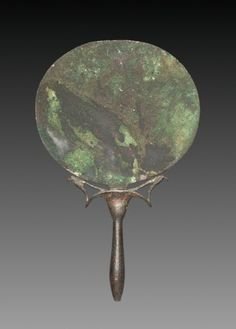
Egypt, New Kingdom, Dynasty 18 – Credit: The Cleveland Museum of Art
Ancient Egyptians started using copper to sterilize water and wounds around 2,400 B.C, and, by 1,500 B.C., they also used the mineral on burns and itching, and to ease the pain of headaches. In ancient India, copper was used for medical equipment including surgical instruments.
The creation of copper coins came as the next development. Around 3,200 B.C, ancient Egyptian began to utilize copper to create balances and weights used in trade and religious ceremonies. The Assyrians followed up on this idea and used lion weights marked with the names of kings. In ancient China, weights were also made in the shape of animals.
Copper played also a vital role in ancient rituals, ceremonies and spiritual beliefs. Hathor, the ancient Egyptian goddess of the sky, music, dance and art, was also the patron of Sinai, the major copper mining region of the Egyptians. She was often referred to as “Lady of Malachite.” In South America, people of the Andes produced a variety of religious items from pounded copper foil and gilded copper.
In many pre-colonial sub-Saharan cultures as well, coppersmiths were believed to have powers as shamans, magicians, and priests because of their intimate knowledge of earth, minerals, and fire and their ability to produce metal from ore. In some parts of the continent coppersmithing was an inherited position with master smiths passing secret knowledge on to their sons. Mining, smelting, and casting of copper ore were preceded by elaborate ceremonies to ensure that the endeavors were safe and fruitful.
So, the history of copper goes far back in time.
Copyright © MessageToeagle.com All rights reserved. This material may not be published, broadcast, rewritten or redistributed in whole or part without the express written permission of MessageToeagle.com
Expand for referencesRelated Posts
-
 Time Travel And Parallel Universes: A Discussion Between A Scientist And A Literature Professor
No Comments | May 27, 2017
Time Travel And Parallel Universes: A Discussion Between A Scientist And A Literature Professor
No Comments | May 27, 2017 -
 Powerful Ancient Maya Kaanu’l Dynasty And Their Intriguing Reliefs Of Mythical Animals And Celestial Ancestors In Quintana Roo, Mexico
No Comments | Oct 31, 2024
Powerful Ancient Maya Kaanu’l Dynasty And Their Intriguing Reliefs Of Mythical Animals And Celestial Ancestors In Quintana Roo, Mexico
No Comments | Oct 31, 2024 -
 Vanished City Of Pasargadae: Capital Of Achaemenid Empire Under Cyrus The Great
No Comments | Oct 24, 2016
Vanished City Of Pasargadae: Capital Of Achaemenid Empire Under Cyrus The Great
No Comments | Oct 24, 2016 -
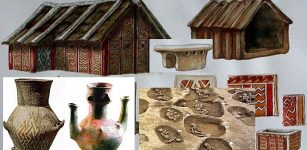 Lengyel Culture Of Neolithic Europe Was Amazingly Sophisticated
No Comments | Apr 7, 2020
Lengyel Culture Of Neolithic Europe Was Amazingly Sophisticated
No Comments | Apr 7, 2020 -
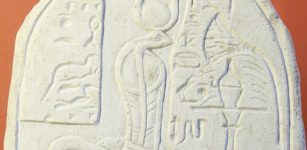 Meretseger: Theban Cobra Goddess Who Presided Over The Valley of The Kings
No Comments | Jul 12, 2021
Meretseger: Theban Cobra Goddess Who Presided Over The Valley of The Kings
No Comments | Jul 12, 2021 -
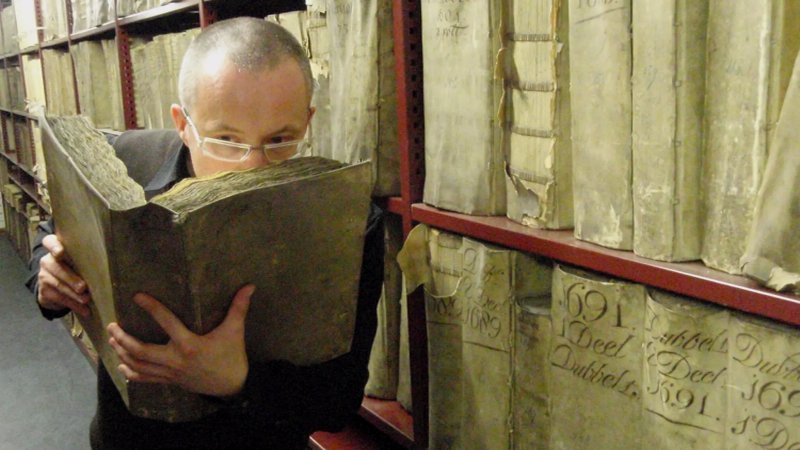 Odeuropa – Unusual Project Will Recreate The Smells Of Old Europe And Store The Scents In A Library
No Comments | Nov 17, 2020
Odeuropa – Unusual Project Will Recreate The Smells Of Old Europe And Store The Scents In A Library
No Comments | Nov 17, 2020 -
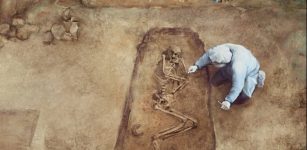 First European Farmers’ Heights Did Not Meet Expectations
No Comments | Apr 8, 2022
First European Farmers’ Heights Did Not Meet Expectations
No Comments | Apr 8, 2022 -
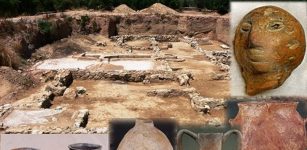 Legendary Helike – Uncovering Lost City of Poseidon
No Comments | Sep 28, 2015
Legendary Helike – Uncovering Lost City of Poseidon
No Comments | Sep 28, 2015 -
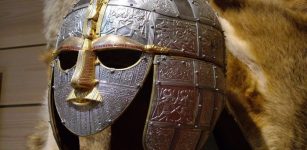 Being Anglo-Saxon Was A Matter Of Language And Culture, Not Genetics
No Comments | Jun 24, 2021
Being Anglo-Saxon Was A Matter Of Language And Culture, Not Genetics
No Comments | Jun 24, 2021 -
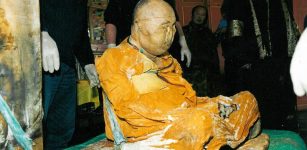 Mystery Of Lama Dashi-Dorzho Itigilov: A Mummy Whose Body Defies Time
No Comments | Aug 10, 2016
Mystery Of Lama Dashi-Dorzho Itigilov: A Mummy Whose Body Defies Time
No Comments | Aug 10, 2016
